Resources
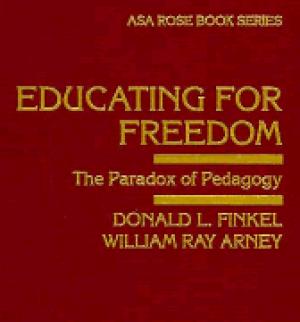
The very notion of teaching freedom suggests a paradox. Ever since Rousseau, the project of liberal education has been situated in the matrix of the teacher-student relationship. Some theorists have even seen this relationship as erotic. Part one of this book explores the educational philosophies of Rousseau, Freud, Paolo Freire, Ivan Illich, and Michel Foucault. All these thinkers wrestle with the paradox, How can such a mutually dependent relationship foster independence? The primary vehicle necessary to a liberating education, the personal relationship, is also the fundamental obstacle to the achievement of genuine liberation. After reaching this conclusion, the authors turn away from the student-teacher relationship and the paradox of pedagogy to examine another type of teaching and learning--where two teachers who differ in fundamental ways engage in collegial teaching with students they have in common. Collegial teaching is described in its particularity, based on the authors' experiences at an unusual liberal arts college, The Evergreen State College. They find that the changed dynamics of equality and the altered structure of authority created by collegial teaching is rewarding for both teachers and students, and may be a way out of the paradox of pedagogy to intellectual freedom. (From the Publisher)
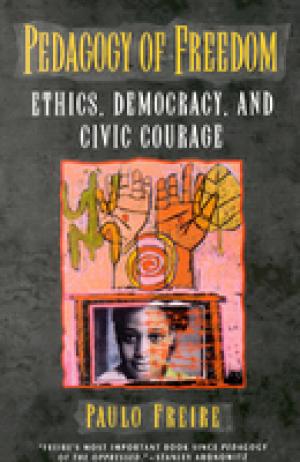
In "Pedagogy of Freedom" Paulo Freire travels ever more deeply into the territory where learning and activism are the essence of human life. This profound new book shows why an engaged way of learning and teaching is central to the creation of the individual, culture, and history. Freire finds in today's emerging global society a new context in which education cannot be indifferent to the reproduction of dominant ideologies and the interrogation of them. He argues against "progressive" liberalism and its passive acceptance of a world where unemployment and hunger must inevitably co-exist with opulence. In so doing, he shows why an acceptance of fatalism leads to loss of personal and societal freedom-and how those individuals who think without optimism have lost their place in history. This book displays the striking creativity and profound insight that characterized Freire's work to the very end of his life-an uplifting and provocative exploration not only for educators, but for all who learn and live." (From the Publisher)
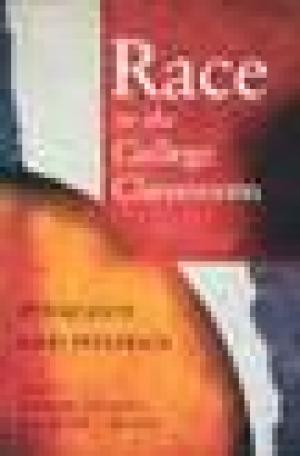
Did affirmative action programs solve the problem of race on American college campuses, as several recent books would have us believe? If so, why does talking about race in anything more than a superficial way make so many students uncomfortable? Written by college instructors from many disciplines, this volume of essays takes a bold first step toward a nationwide conversation. Each of the twenty-nine contributors addresses one central question: what are the challenges facing a college professor who believes that teaching responsibly requires an honest and searching examination of race? Professors from the humanities, social sciences, sciences, and education consider topics such as how the classroom environment is structured by race; the temptation to retreat from challenging students when faced with possible reprisals in the form of complaints or negative evaluations; the implications of using standardized evaluations in faculty tenure and promotion when the course subject is intimately connected with race; and the varying ways in which white faculty and faculty of color are impacted by teaching about race. (From the Publisher)

The Bible tells of Naaman the Syrian, who entered the Jordan River to be cleansed. Comparing the affliction of racism to Naaman's illness, Enter the River by Jody Miller Shearer invites readers into their own healing. He explores definitions of prejudice and racism, the different effects of racism on white persons and people of color, affirmative action, and many other issues. The accessible presentation provides a strong foundation for study and action. (From the Publisher)
Linda McDowell (1994) has called for styles of teaching which put into practice arguments about the 'politics of difference', which has become an increasingly central part of human geographical research. This paper draws on a number of years' experience of teaching an undergraduate course on multicultural historical geography, in which this was attempted. Here students were encouraged to get more involved in these debates, to take them more personally, and to develop 'situated knowledges' about the UK as a multicultural society. The approach to teaching, learning and assessment which made this possible was based on the principles of 'border pedagogy' and on students writing journals throughout the course which charted the development of their understandings of the materials they encountered.

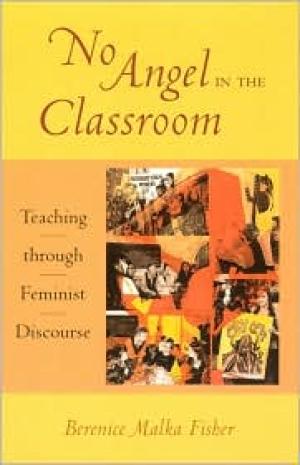
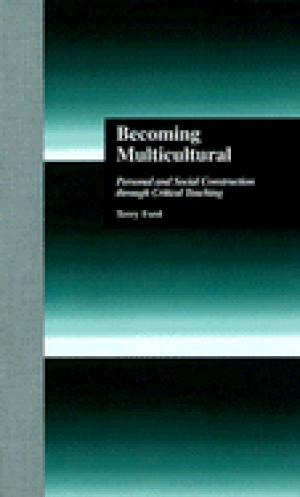
This book argues that becoming multicultural is a process of recursive cycles that must involve confrontational dialogue for change. Multicultural education texts often describe multiculturalism as a process where a person develops competencies of perceiving, evaluating, believing, and doing in multiple ways. However, the dynamic, fluid and changing qualities central to the process of interpersonal interaction often results in mastery of a product, focusing on lists of static features of generalized groups rather than on the individuals who make up those groups. Rather than listing and describing objectified features of cultural groups from a theoretical view, this book details the interactions of 21 ethnically diverse individuals through one classroom experience. First, the personal histories and meanings constructed from lived experience are detailed and analyzed to reveal the ways in which personal identity constructions influence learning events in a singular classroom context. Second, from this analysis, the author develops a conceptual model for the process of becoming multicultural. Then the author applies the model to herself and describes specific ways in which interaction with these individuals has influenced her present teaching strategies for expecting and facilitating confrontational dialogue toward developing education that is multicultural. Specifically the book addresses the questions: 1) What does it mean to become multicultural? 2) What does it mean to be culturally sensitive? 3) How can the process of multiculturalism be facilitated in a classroom setting? 4) What is the teacher's role in the multicultural classroom? 5) What are some expected/predictable outcomes of a multicultural classroom? Includes bibliography and index. (From the Publisher)